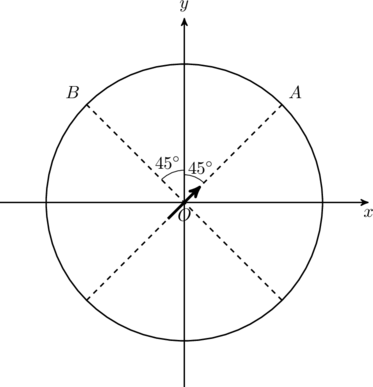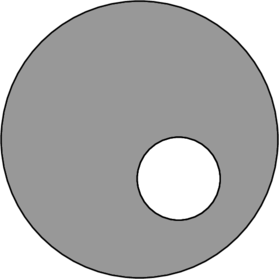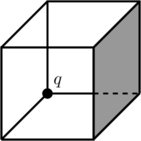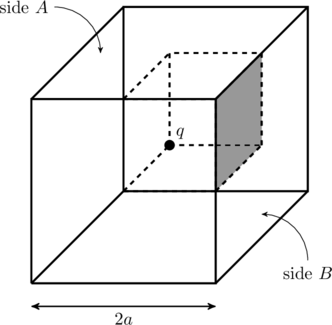JEE Advanced 2017 Paper 2, Question 10
A point charge ![]() is placed just outside an imaginary hemispherical surface of radius
is placed just outside an imaginary hemispherical surface of radius ![]() as shown in the figure. Which of the following statements is/are correct?
as shown in the figure. Which of the following statements is/are correct?
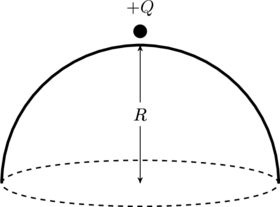
- The electric flux passing through the curved surface of the hemisphere is

- Total flux through the curved and the flat surfaces is

- The component of the electric field normal to the flat surface is constant over the surface
- The circumference of the flat surface is an equipotential
Related Problems:
Flux from a charged shell
Conducting wire in a magnetic field
Solution
In problems like these a beginner may …
